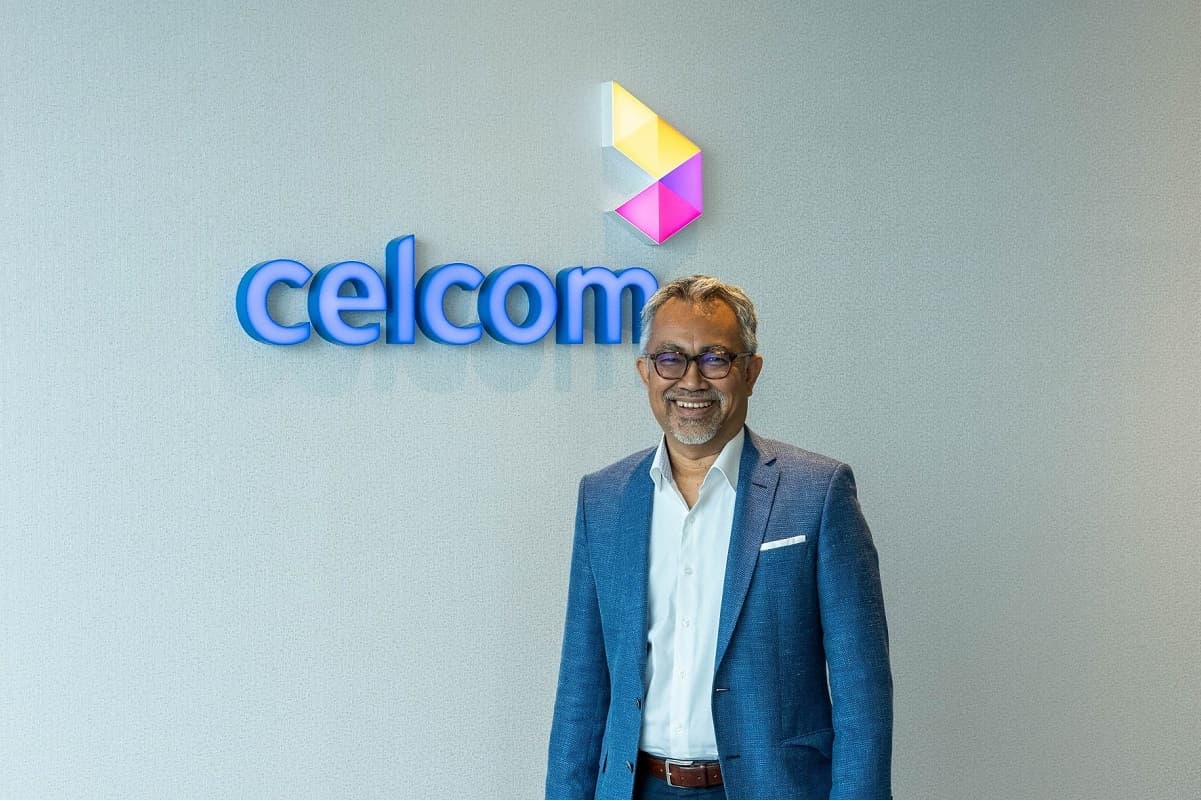
KUALA LUMPUR (Sept 7): Celcom Axiata Bhd is prepared to launch its 5G technology services by the end of this year.
Celcom chief executive officer (CEO) Idham Nawawi said the mobile network operator has received many inquiries from various parties about the service, including customers who have shown interest in the technology.
"We have embarked on the 5G journey for a while and we have done more than 50 use cases throughout the year, such as in Langkawi, Petaling Jaya, Sunway and with other partners. We have had some discussions with the government’s 5G special purpose vehicle (SPV) and yes, we are technically ready and prepared to roll out as soon as the network is available.
"We have spent some of the capital expenditure (capex) that is needed for the 5G integration. Our core is in a way ready for 5G. It just needs to be connected to the 5G core of Digital Nasional Bhd (DNB) so we can proceed with the services," he said in a virtual media briefing today.
Idham added that the guidance for the capex remains the same, whereby he noted that Celcom typically spends about RM1 billion per year on capex, with the majority of this capex being spent on network amounting to RM344 million year-to-date (YTD), an increase of 17% from RM294 million in the same period last year.
"Most of the capex on the network is also to upgrade our radio capacity. At the same time, we are upgrading our core and transmission networks, fiberising a lot of our sites. Today, more than 70% of our sites are single-hop to fibre. It is a very important strategy to provide the right level of customer experience, especially in the rural areas.
"The dynamics we foresee also is how people are using and consuming the bandwidth, as we do see that customers use our network or services as a primary access to the internet due to affordability, convenience and in some areas the unavailability of the fibre to their home. Hence, we spend our capex on improving the quality and capacity in those areas where there aren't many providers, as well as upgrading some of these areas where it was 3G/2G previously, to 4G," he said.
Idham is also of the opinion that the future of 5G in the country looks promising.
"As the utilisation of 5G increases, what you will see us doing for 3G shutdown to bring more spectrum into 4G, will happen in the same situation. Maybe not at the beginning because the number of (5G) devices will still be low and adoption will just be picking up. As the 5G traffic becomes the predominant traffic in the network for the whole country, our regulators may see a different view that they want to consider at that point in time. The network is just the enabler. How fast the adoption is, is how fast the industry gets into it," he said.
Meanwhile, Idham noted that Celcom has seen its profit margin improved over the past few quarters, despite the telecommunication sector's competitive operating environment.
"Our earnings before interest, taxes, depreciation, and amortization (EBITDA) is fairly competitive compared to our peers but our profit after tax and minority interest (PATAMI) may not be as competitive because of some of the earlier investments that we have made on the network — the depreciation and the amortisation. We have also seen how we have now accelerated some of the depreciation, especially the 3G network, which we are going to shut down, will be fully depreciated by the next quarter. Hence, we will see further improvement and help in terms of our margin too.
"Some of the structural changes that we have made internally in terms of how we do things, how we are also moving forward in where we are deploying our network, and its impact on our future competitiveness for our margin... we believe that we are doing the right thing to be able to sustain the level of our margin that we are today," he said.
On whether Celcom can maintain its revenue and subscriber growth in the second half of the year (2H2021), Idham foresees that some of the impacts of the prolonged pandemic will be hitting the market.
"We would see the impact, see more challenges as we move into the second half. But we do hope that the transformation we have done internally, how we engage with the market and the competitiveness of our products, will sustain us through the second half," he said.
Looking ahead, Idham said Celcom's priorities are to continue to navigate impact from the extended movement control order (MCO) and the pandemic, further enhancement to its enterprise and small and medium enterprise (SME) product portfolios, besides optimisation of network resources to deliver consistent network experience.